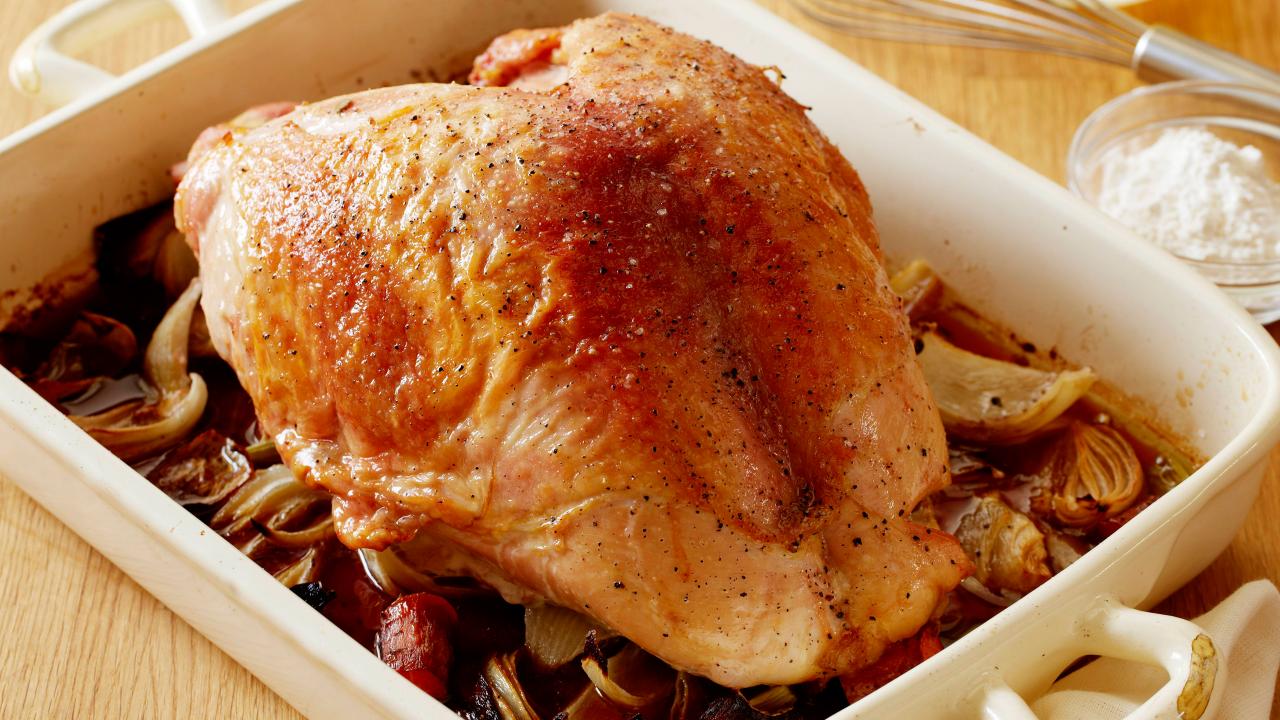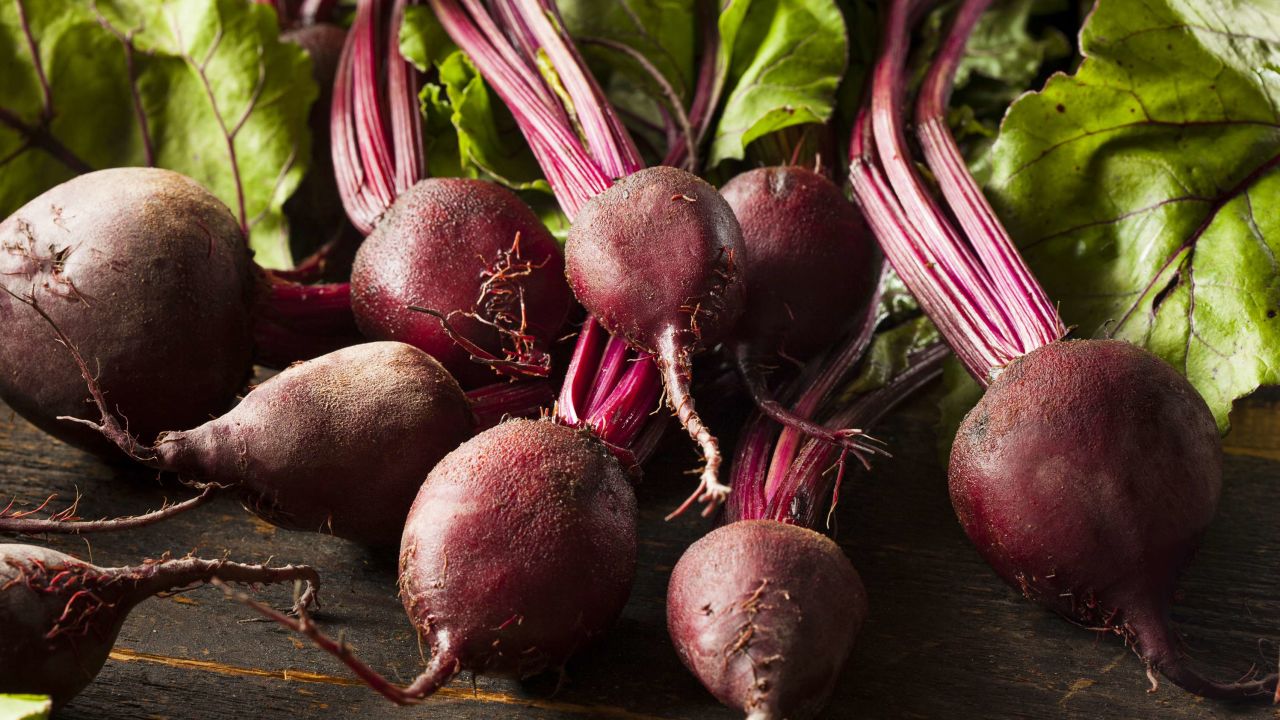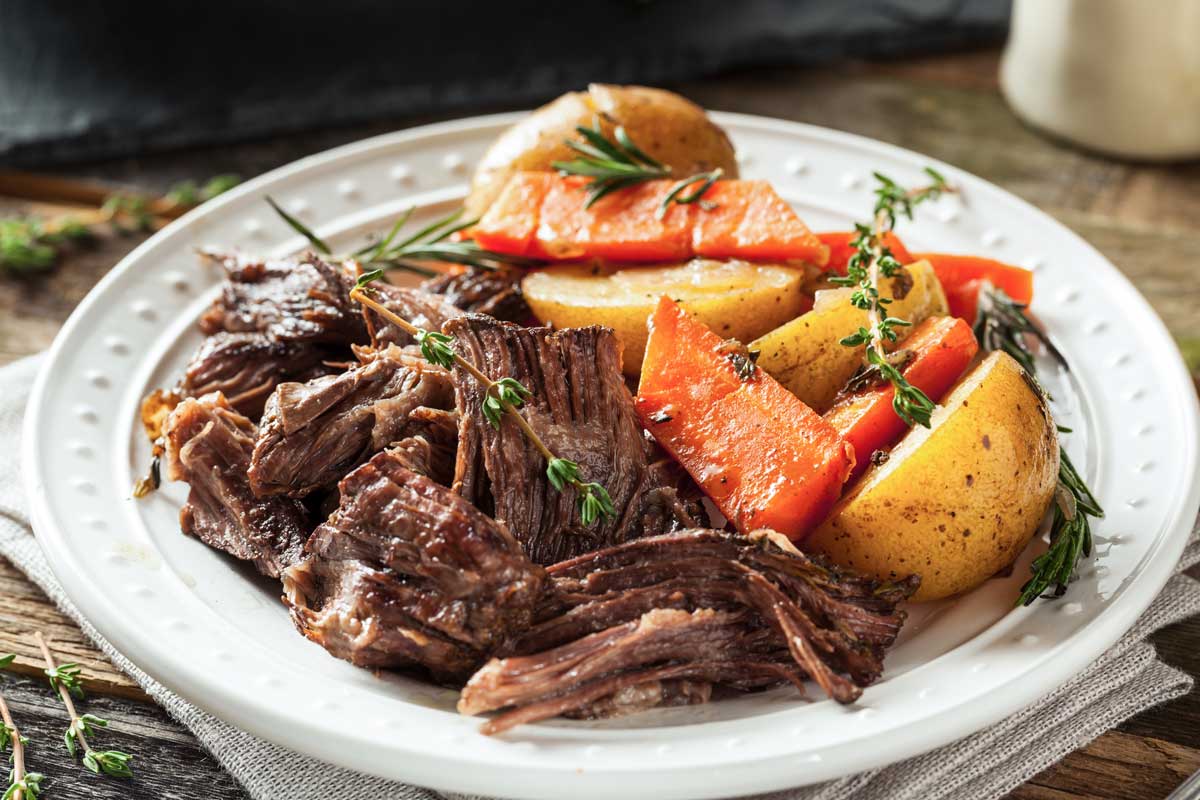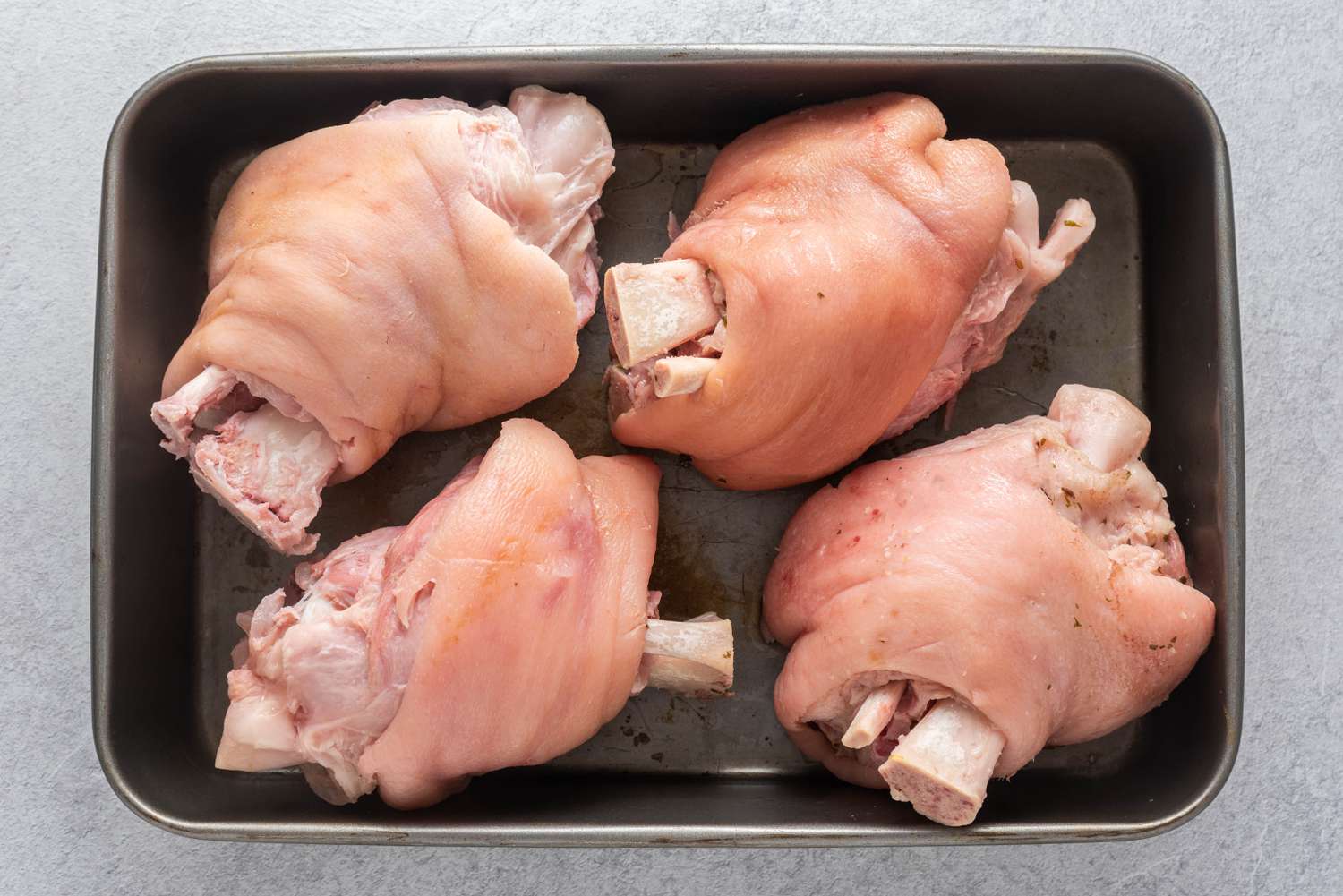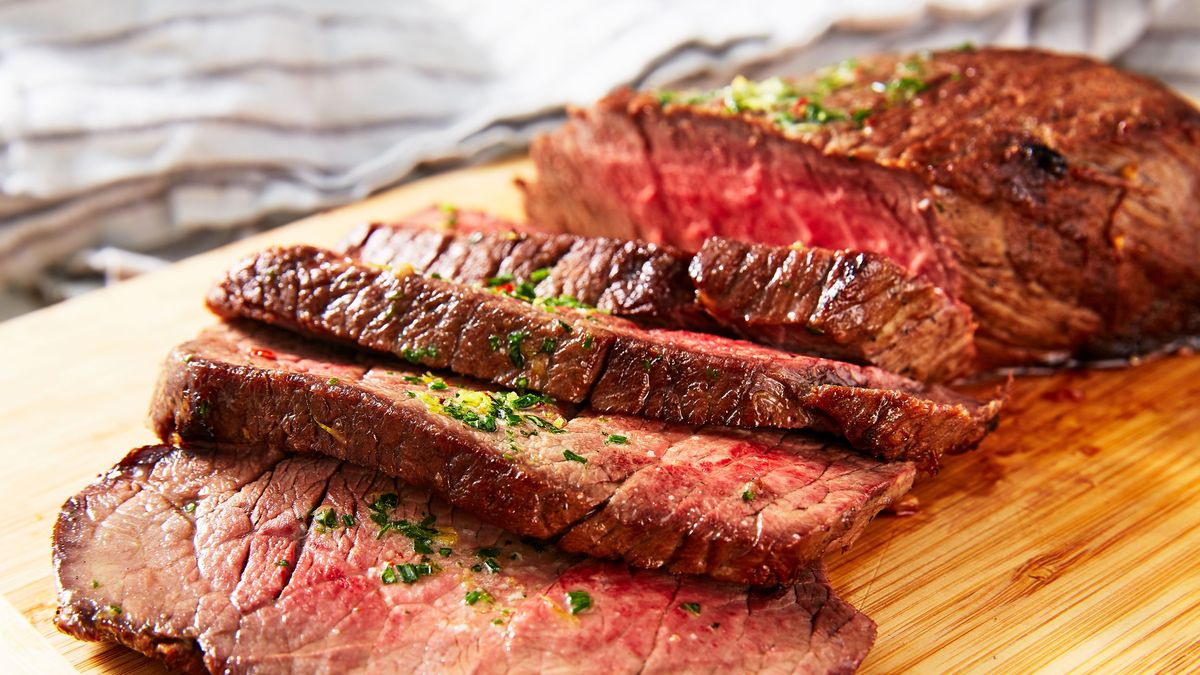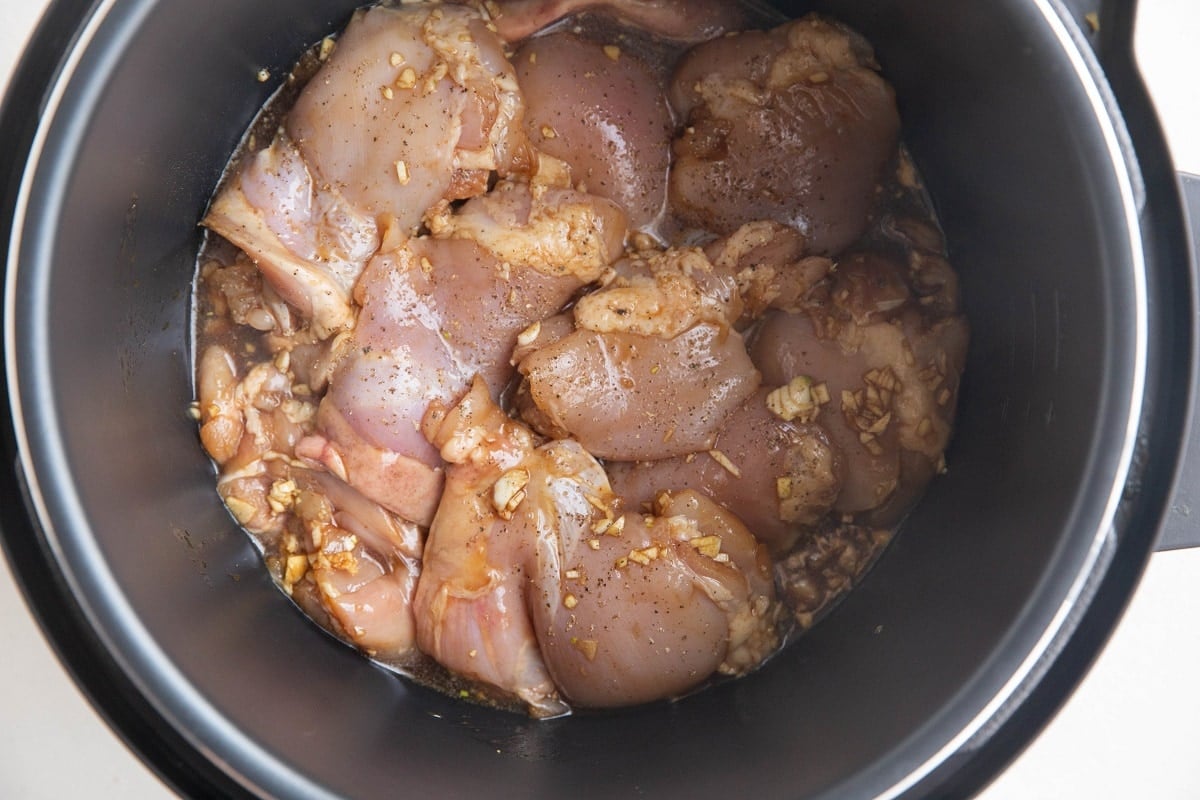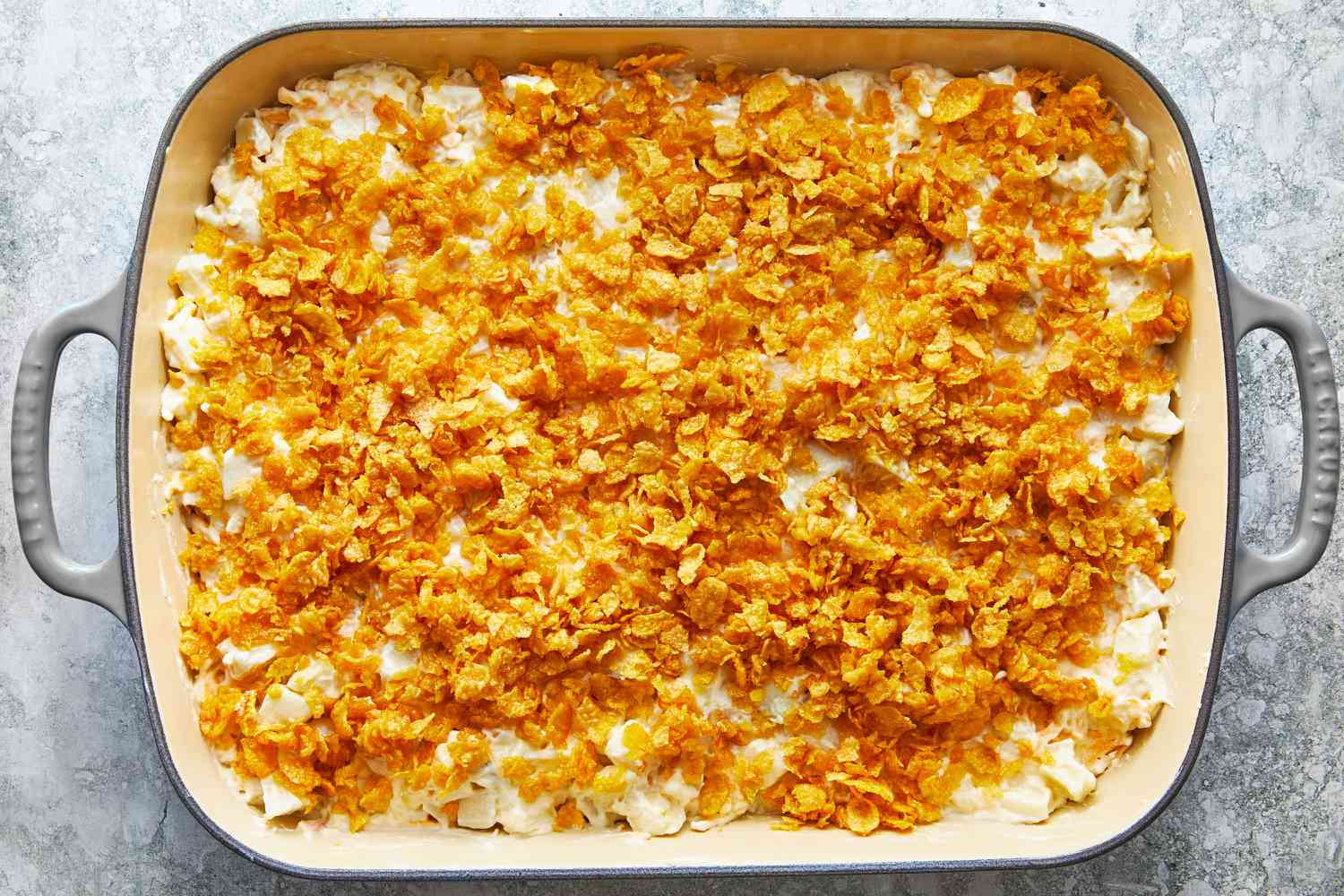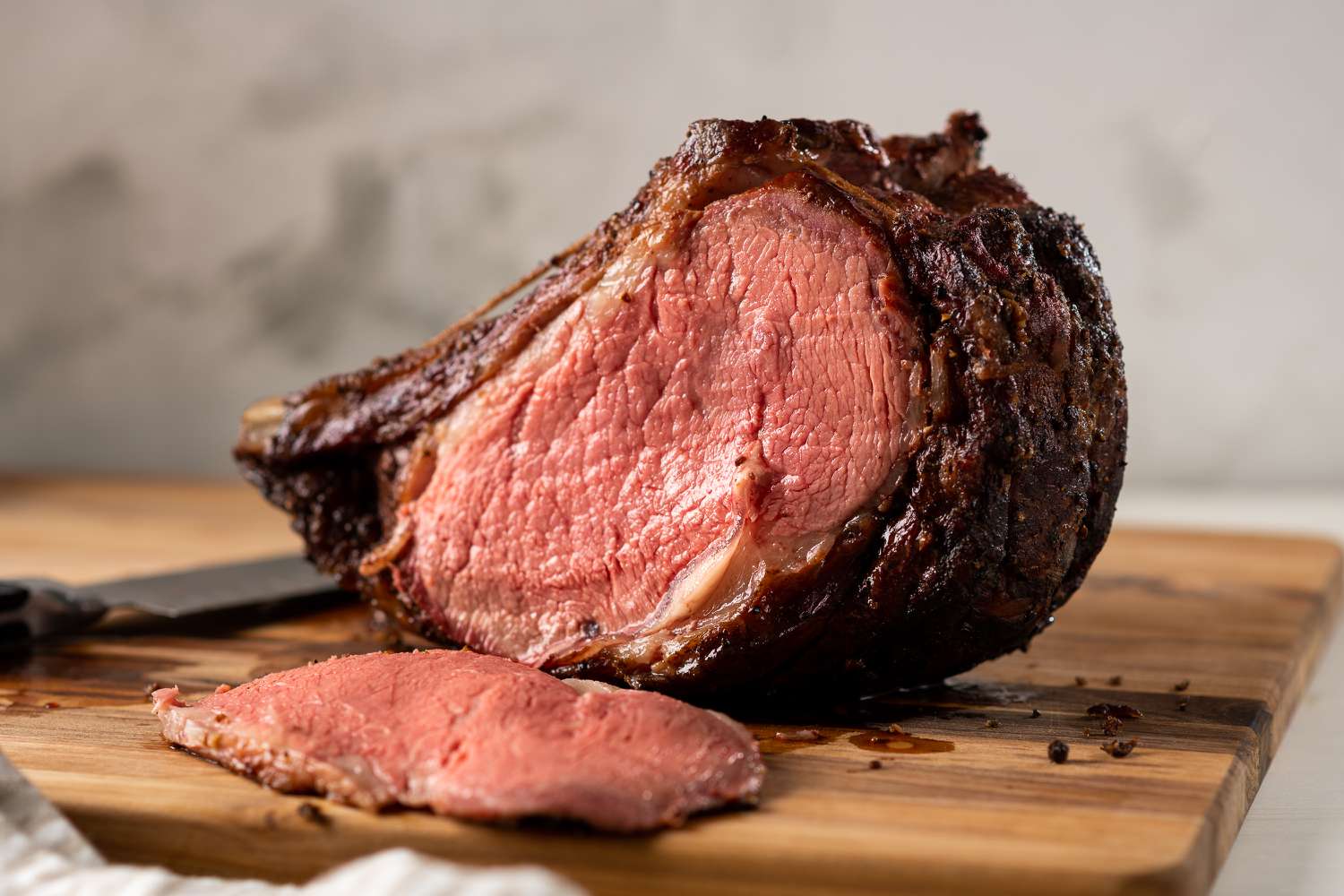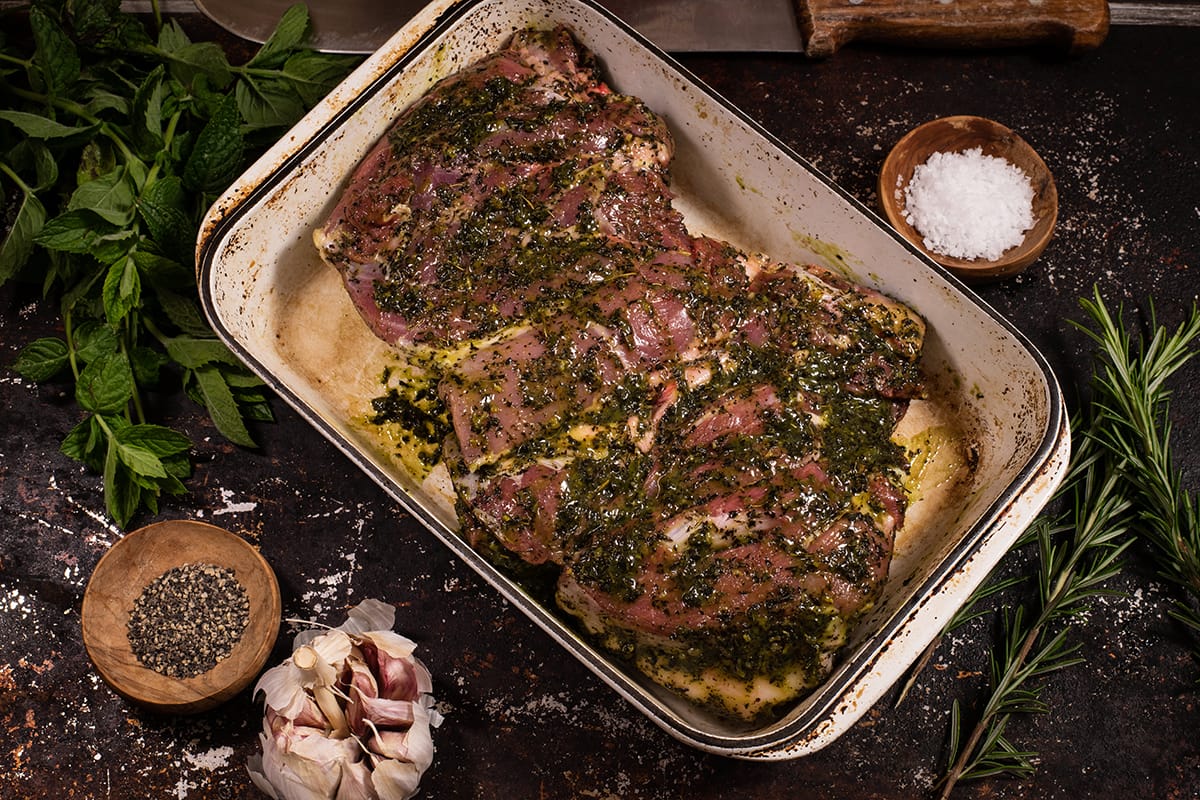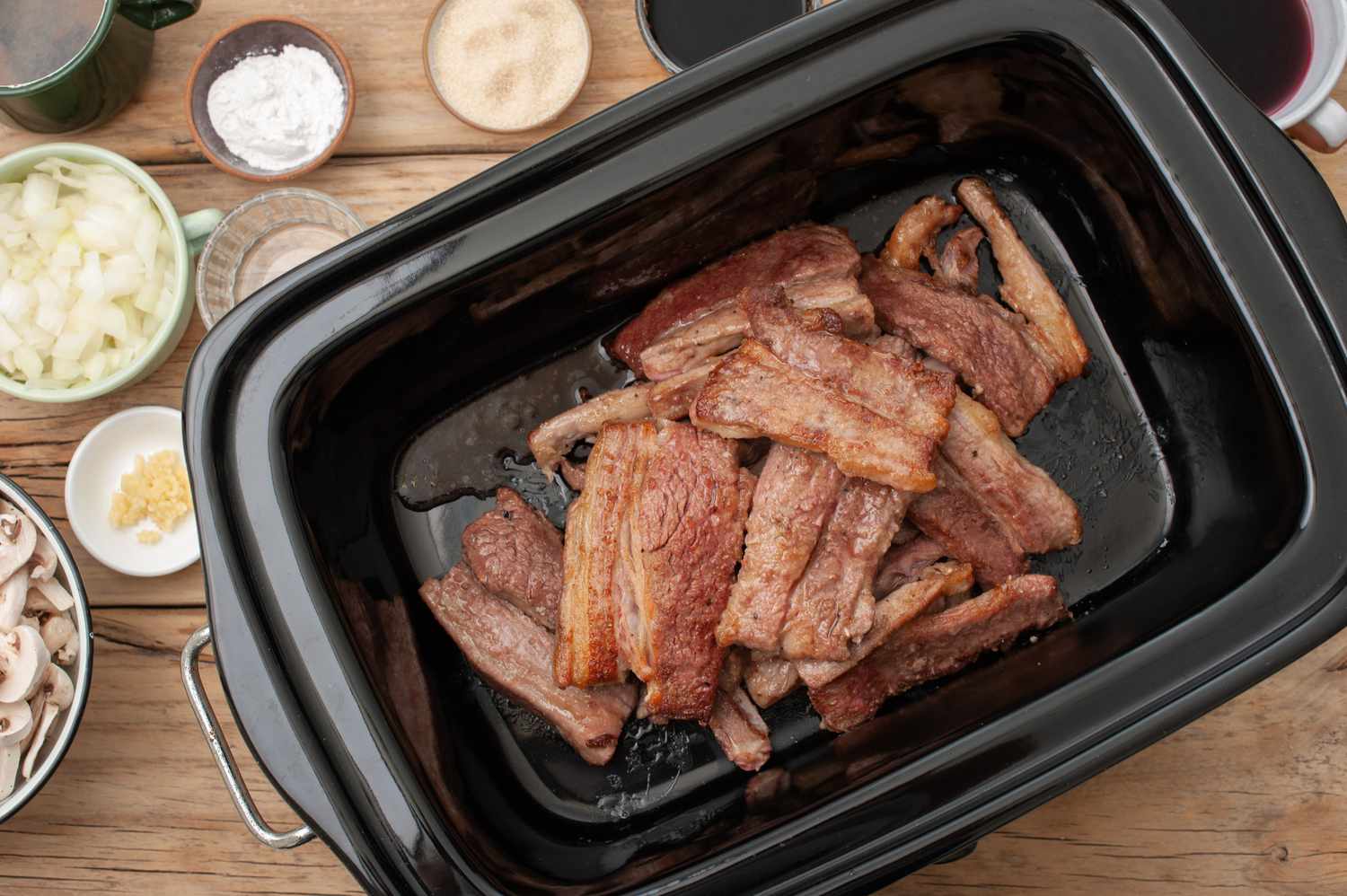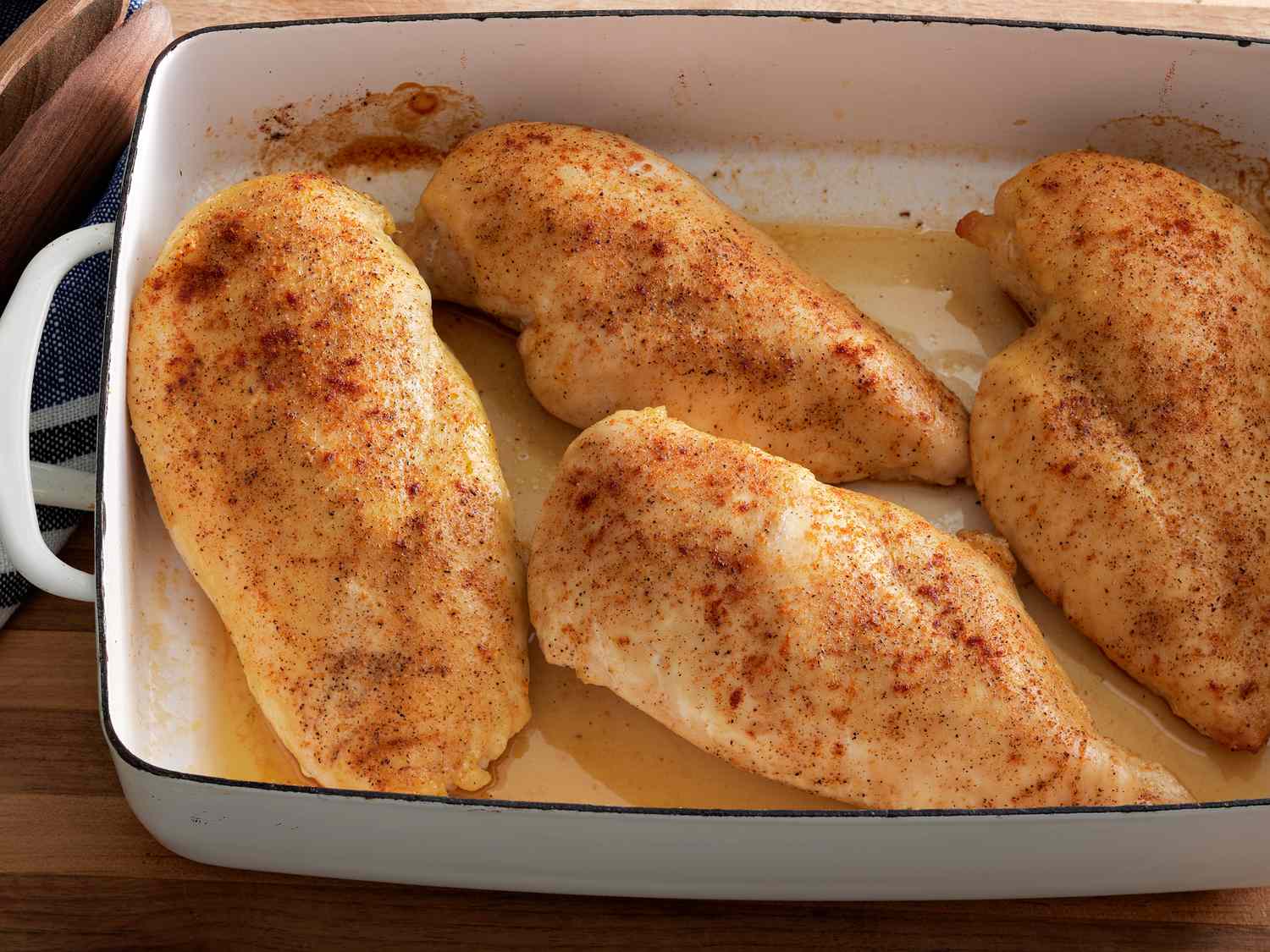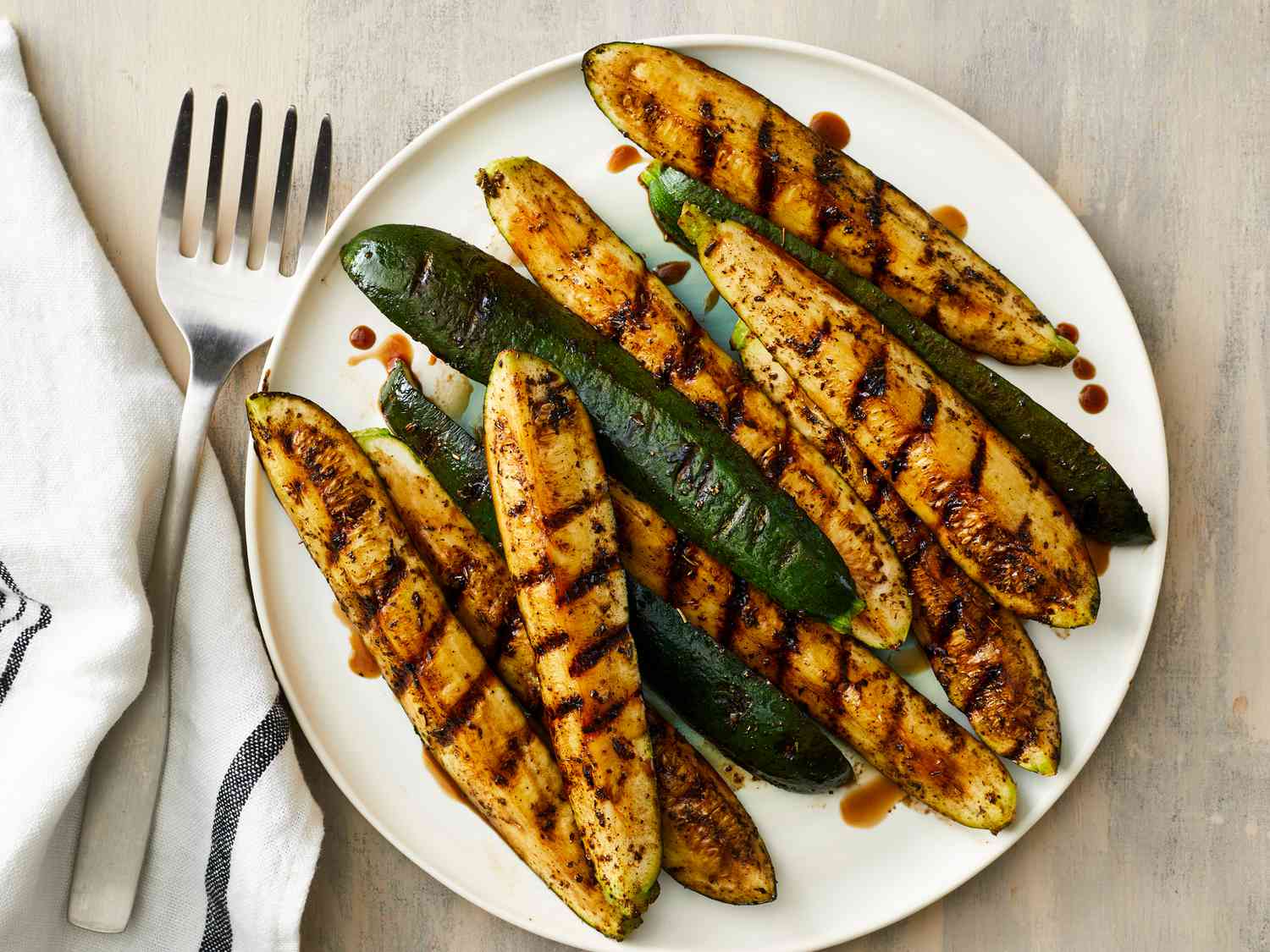Cooking Butternut Squash for Baby Led Weaning: A Nutritious Introduction to Solids
Introducing solid foods to your little one is an exciting milestone in their development. If you are considering baby-led weaning, incorporating butternut squash into their diet is a fantastic choice. Packed with essential nutrients and a naturally sweet flavor, butternut squash is a great option for introducing your baby to the world of solid foods.
Here’s a step-by-step guide on how to cook butternut squash for baby-led weaning:
1. Choose a Fresh Butternut Squash
When selecting a butternut squash for your baby’s meals, look for one that is firm, heavy, and has a smooth skin. Avoid squash with any bruises or soft spots.
2. Wash and Prepare
Start by washing the exterior of the squash with water. Once cleaned, use a sharp knife and cutting board to carefully cut off the top stem and bottom end. It’s also a good idea to peel the skin off the squash using a vegetable peeler or a knife.
3. Remove the Seeds and Fibrous Center
Cut the squash in half lengthwise and use a spoon to scoop out the seeds and fibrous center. These parts can be tough for your baby to chew, so it’s important to remove them.
4. Chop into Baby-Friendly Pieces
Now that you have cleaned the squash, it’s time to chop it into baby-friendly pieces. Aim for finger-sized strips or small cubes that are easy for your little one to hold and munch on.
5. Choose Your Cooking Method
There are several cooking methods you can use to prepare butternut squash for your baby:
- Steaming: Place the squash pieces in a steamer basket over boiling water and cook until tender.
- Baking: Arrange the squash on a baking sheet and roast in the oven at 375°F (190°C) until soft.
- Boiling: Submerge the squash in a pot of boiling water and cook until fork-tender.
6. Let It Cool
Once the butternut squash is cooked, allow it to cool before serving it to your baby. This will prevent any burns and ensure a safe eating experience.
7. Encourage Self-Feeding
Baby-led weaning is all about encouraging self-feeding and developing fine motor skills. Place the cooled butternut squash pieces on your baby’s high chair tray or plate and let them explore the textures and flavors at their own pace.
8. Pair it with Other Foods
Butternut squash pairs well with a variety of flavors. You can serve it alone or introduce it alongside other soft and easily mashable foods such as mashed avocado or cooked carrots. This will add more variety and ensure your baby receives a balanced diet.
Remember, every baby is different, and it may take some time for them to develop a taste for butternut squash. Be patient, offer a variety of foods, and enjoy this exciting stage of your baby’s journey into solid food!
By incorporating butternut squash into their diet, you are not only introducing a delicious and nutritious food but also encouraging independence and self-exploration. Happy cooking and happy baby-led weaning!
For parents diving into baby-led weaning, there's a fantastic array of butternut squash recipes worth trying. They can start with the Butternut Squash and Apple Puree for a naturally sweet introduction, perfect for young taste buds. Another great option is the Butternut Squash and Sweet Potato Mash, which offers a creamy, nutrient-rich blend. If they're looking to add a bit of variety, the Butternut Squash and Carrot Puree provides a colorful and vitamin-packed choice. For those wanting a protein boost, the Butternut Squash and Chicken Puree is an excellent pick, combining the sweetness of squash with savory chicken. Lastly, the Butternut Squash and Quinoa Blend introduces their baby to textures and grains, making for a balanced and wholesome meal.
Was this page helpful?
Read Next: How To Cook Ground Turkey In Microwave
